The gender binary — the idea that there are only two genders — is an outdated concept that doesn’t account for the spectrum of gender identities that people experience. Here are 21 things to mull over if you’re still on the fence about whether there are more than two genders.
1. Historical Precedent
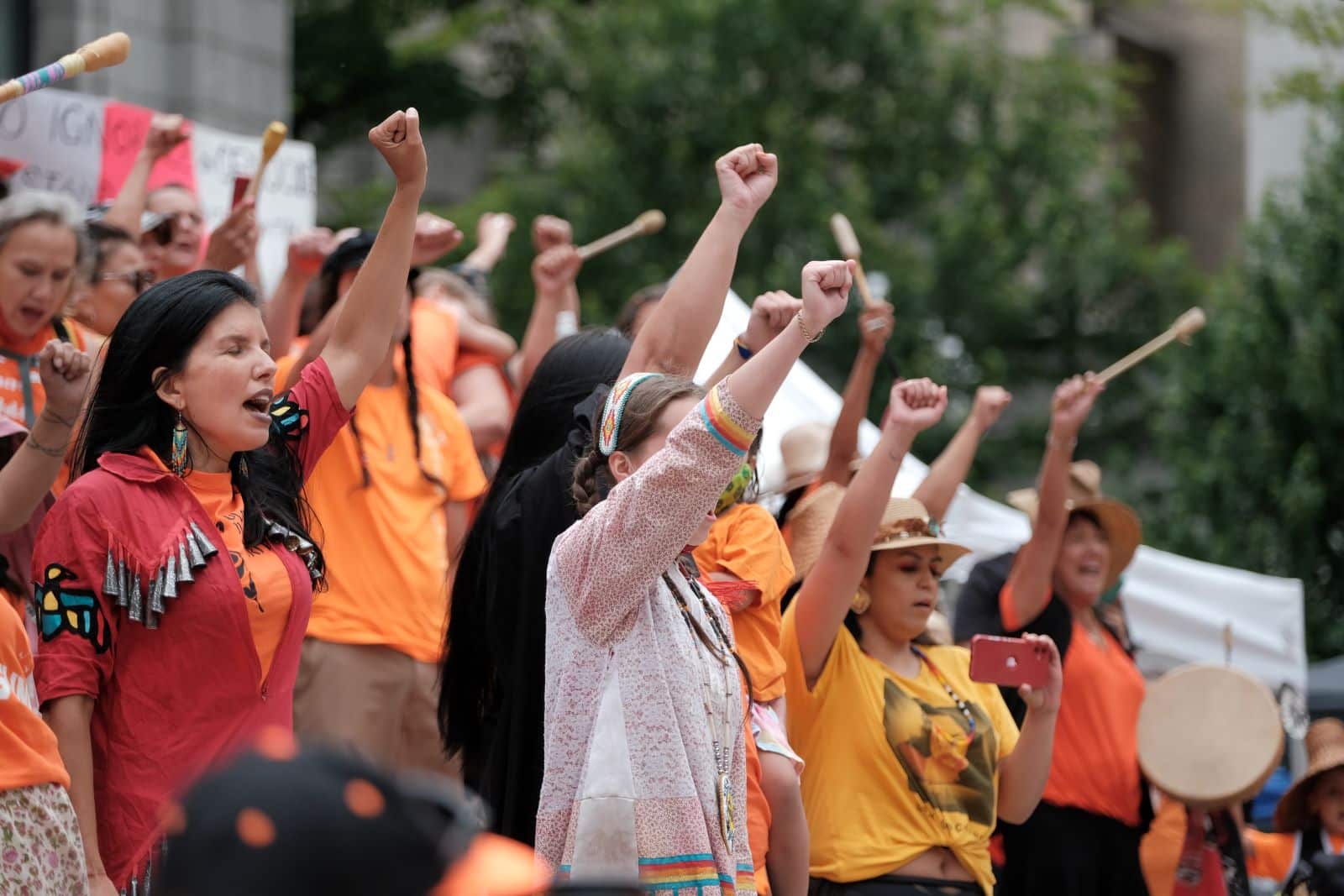
Many Indigenous cultures around the world recognize more than two genders, proving that the binary is far from a universal truth.
2. Gender Vs. Sex
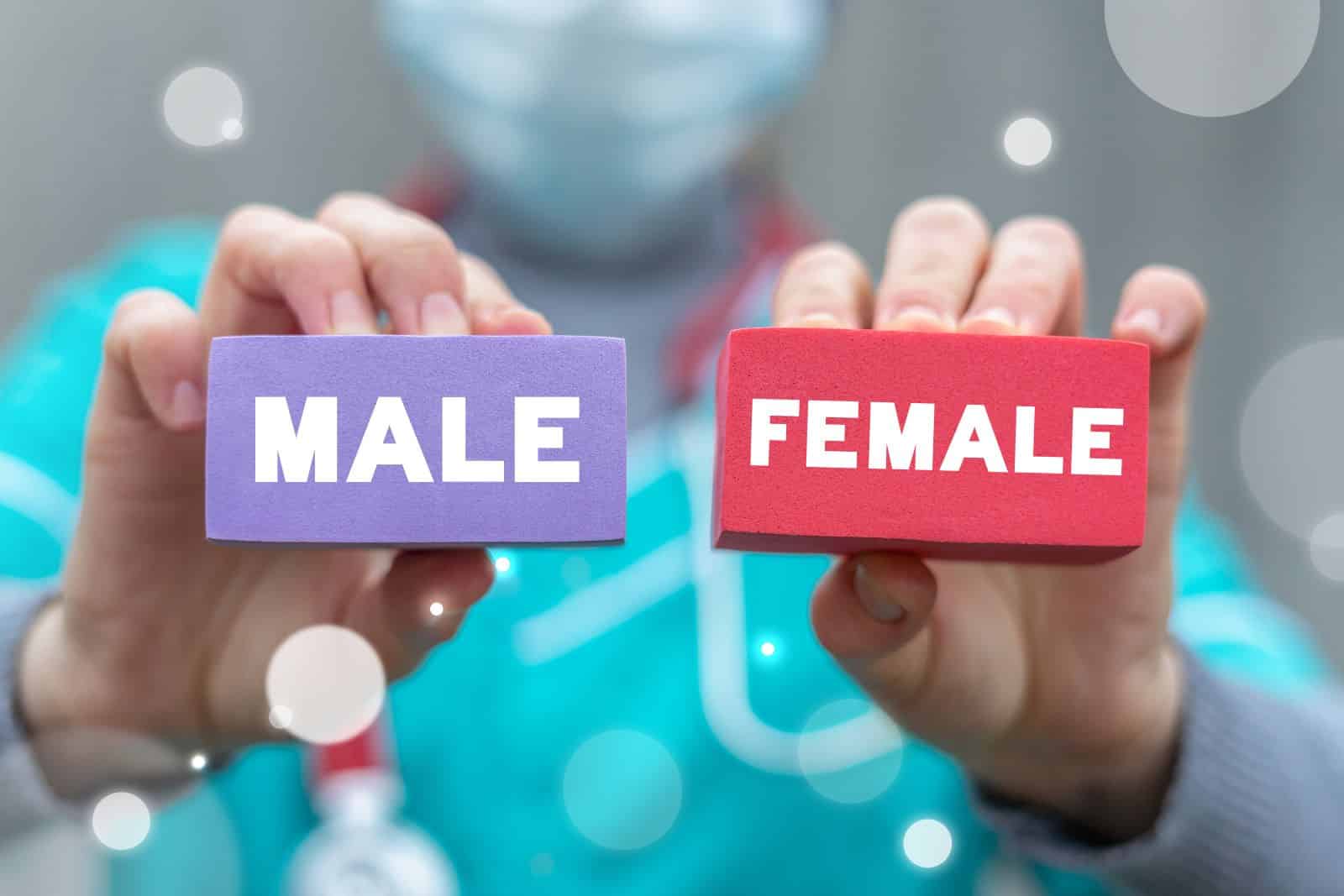
Gender is a social construct, distinct from biological sex, which is about chromosomes and anatomy. It’s about identity, roles, and societal expectations.
3. Non-Binary Existence

Non-binary and genderqueer people live outside the categories of male and female, embodying the reality of more than two genders.
4. Legal Recognition

Several countries and some U.S. states recognize a third gender or non-binary identities on official documents, acknowledging gender diversity legally.
5. The Science of Sex

Even biological sex isn’t strictly binary, with intersex individuals highlighting the natural variations in human chromosomes, genitals, and hormone levels.
6. Language Evolution
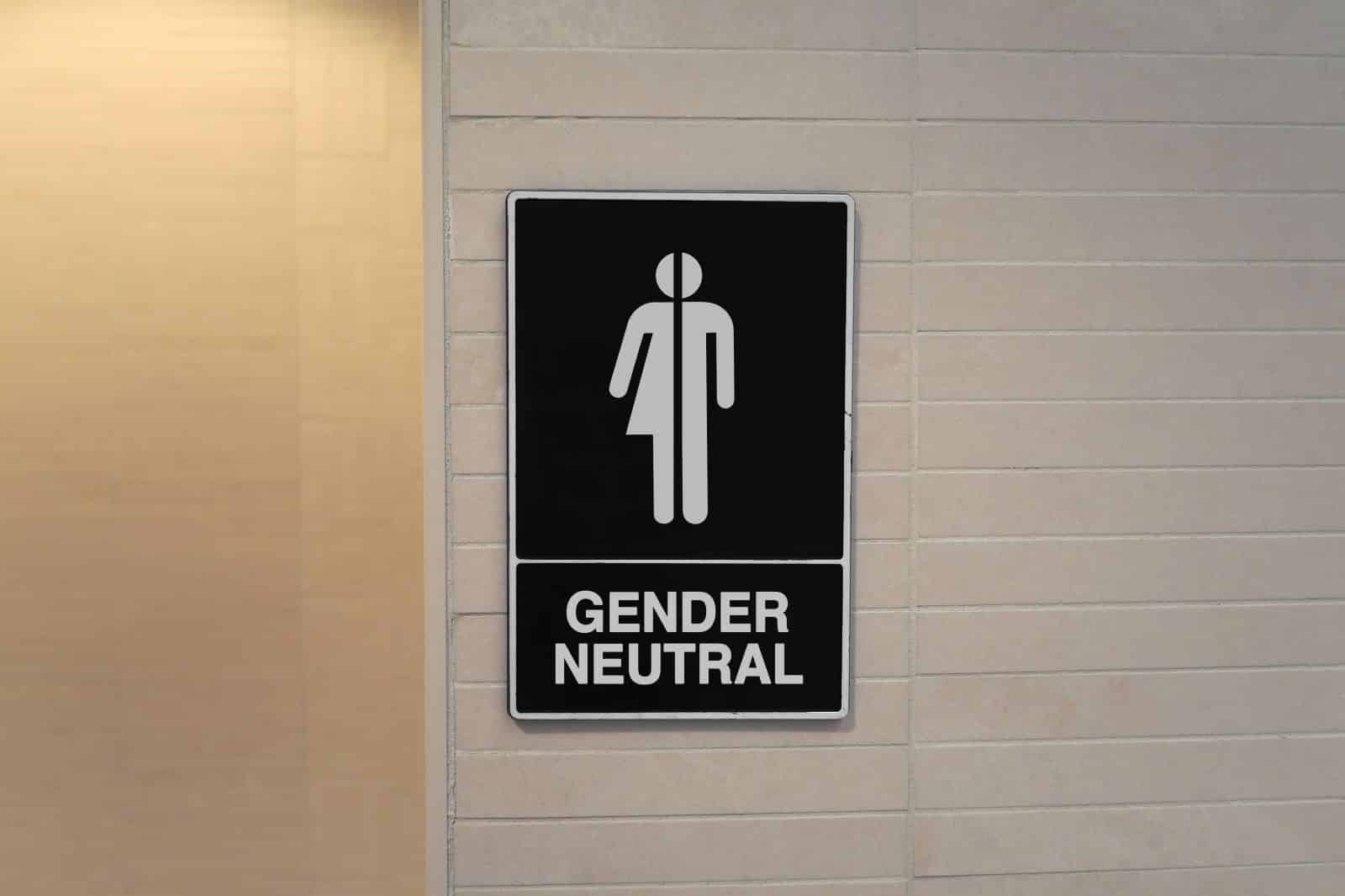
Languages evolve to reflect societal changes, and the growing use of gender-neutral pronouns in English is a testament to this shift.
7. Mental Health Matters

Acknowledging more than two genders can significantly improve the mental health and well-being of those who don’t fit within the binary system.
8. Fluidity is Real
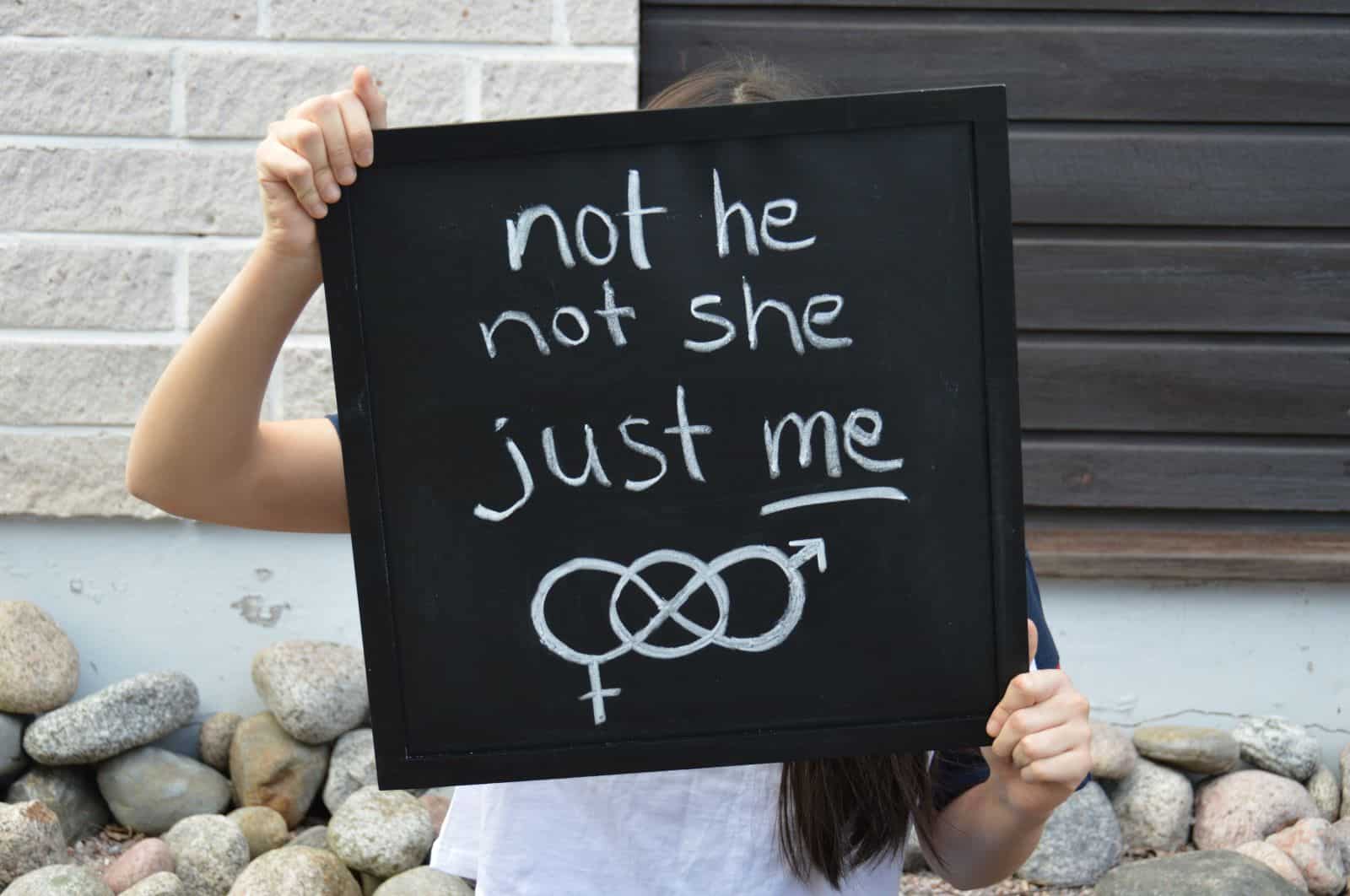
Gender fluidity, where one’s gender expression or identity shifts over time, challenges the notion of gender as a fixed, binary attribute.
9. Intersectionality

Understanding gender in more than binary terms requires acknowledging how race, class, sexuality, and disability intersect with gender identity.
10. Youth Perspectives

Younger generations are increasingly rejecting strict gender binaries, indicating a shift towards more fluid understandings of gender.
11. Expression vs. Identity

Gender expression (how someone presents their gender externally) is not the same as gender identity (how someone feels internally), further complicating the binary.
12. The Role of Media

Media representation of non-binary and transgender individuals helps to challenge binary norms and educate wider audiences.
13. Corporate Acknowledgment

More companies are recognizing non-binary genders, from inclusive marketing to workplace policies, signaling a shift in societal norms.
14. Educational Curricula

Inclusive sex education that goes beyond the binary can lead to a more informed and accepting society.
15. The Power of Fashion

Fashion and clothing increasingly eschew gender binaries, with unisex and androgynous lines becoming more mainstream.
16. Pronouns Matter

The respect and normalization of sharing and asking for pronouns in professional and social settings affirm gender diversity.
17. Healthcare Access

Gender-affirming care is crucial for the health and well-being of transgender and non-binary people, underscoring the need to recognize more than two genders.
18. Social Media Influence

Social platforms have become spaces for people to explore and express their gender identities beyond the binary.
19. The Importance of Allies

Allyship from cisgender people, including using correct pronouns and names, plays a key role in validating and supporting non-binary identities.
20. Political Representation
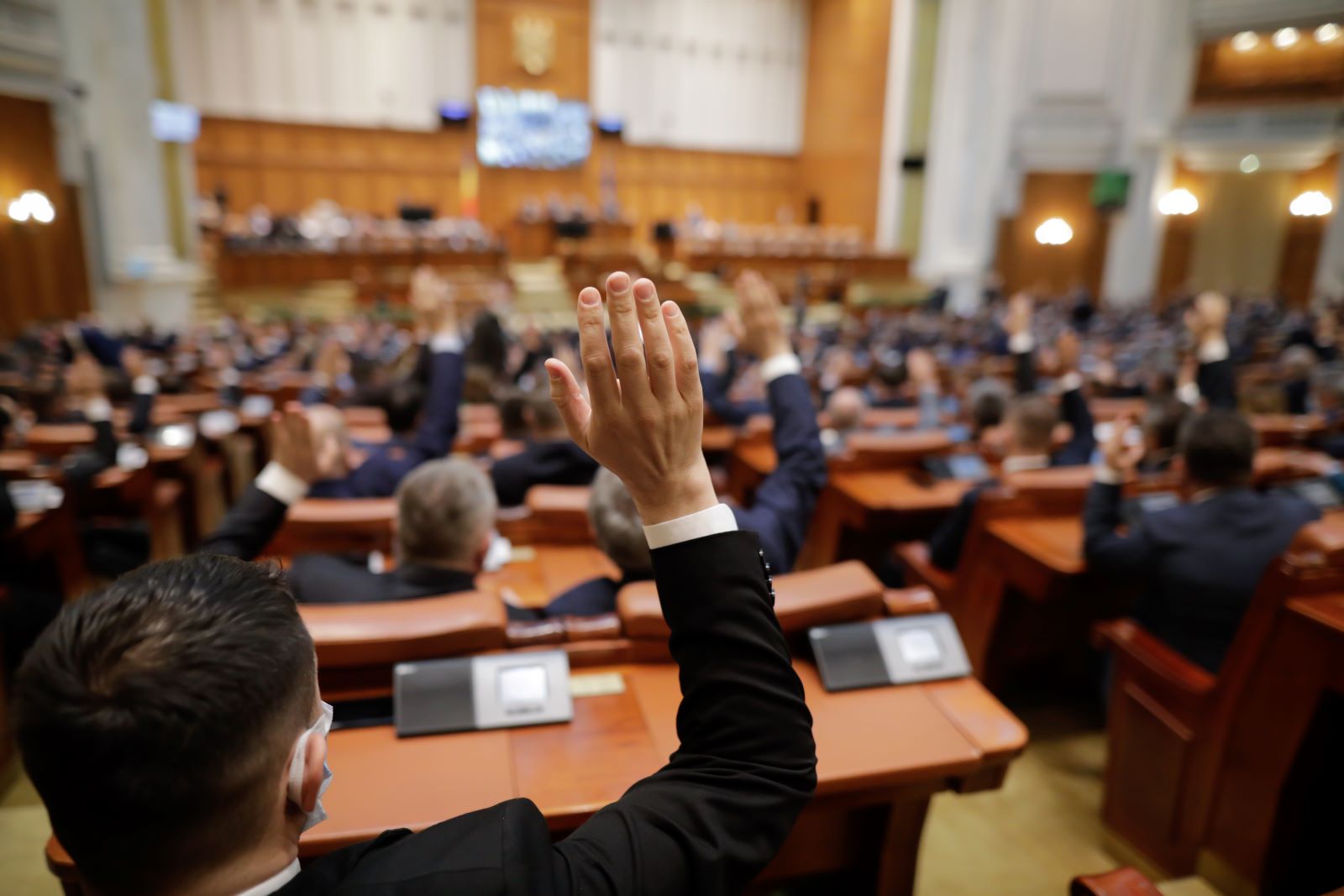
Increasing visibility of non-binary and transgender individuals in politics is crucial for policy and legislation that reflects the diversity of the population.
21. It’s About Humanity

Recognizing more than two genders is ultimately about acknowledging and respecting the full humanity of every individual, regardless of gender.
Question Everything
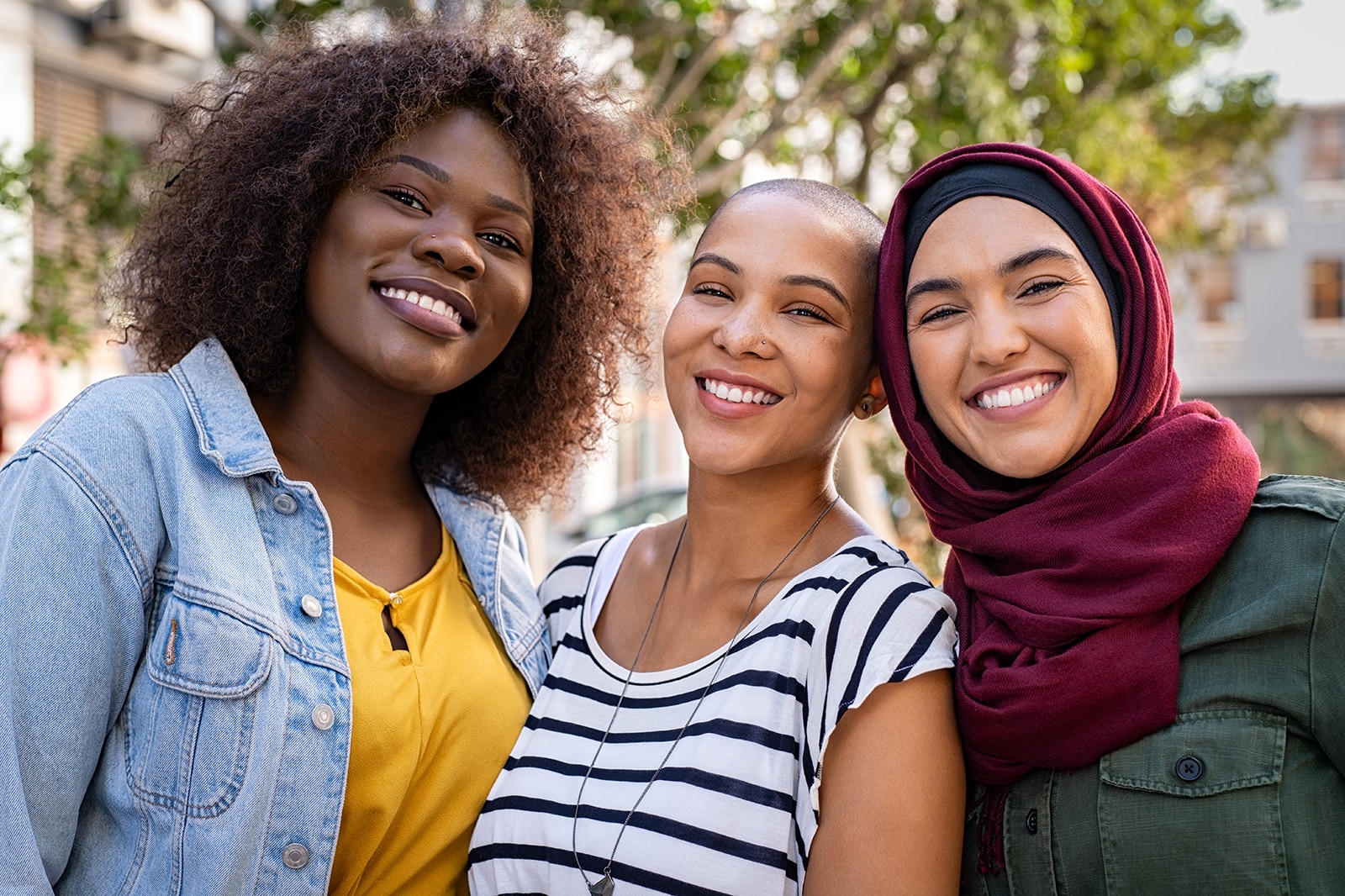
Ready to toss the binary blueprint? It’s time to embrace a world where gender is a spectrum, not a switch. What’s Your Gender?
The post 21 Insights on Gender Identity Beyond the Binary first appeared on Pulse of Pride.
Featured Image Credit: Shutterstock / Andrey_Popov.
For transparency, this content was partly developed with AI assistance and carefully curated by an experienced editor to be informative and ensure accuracy.

